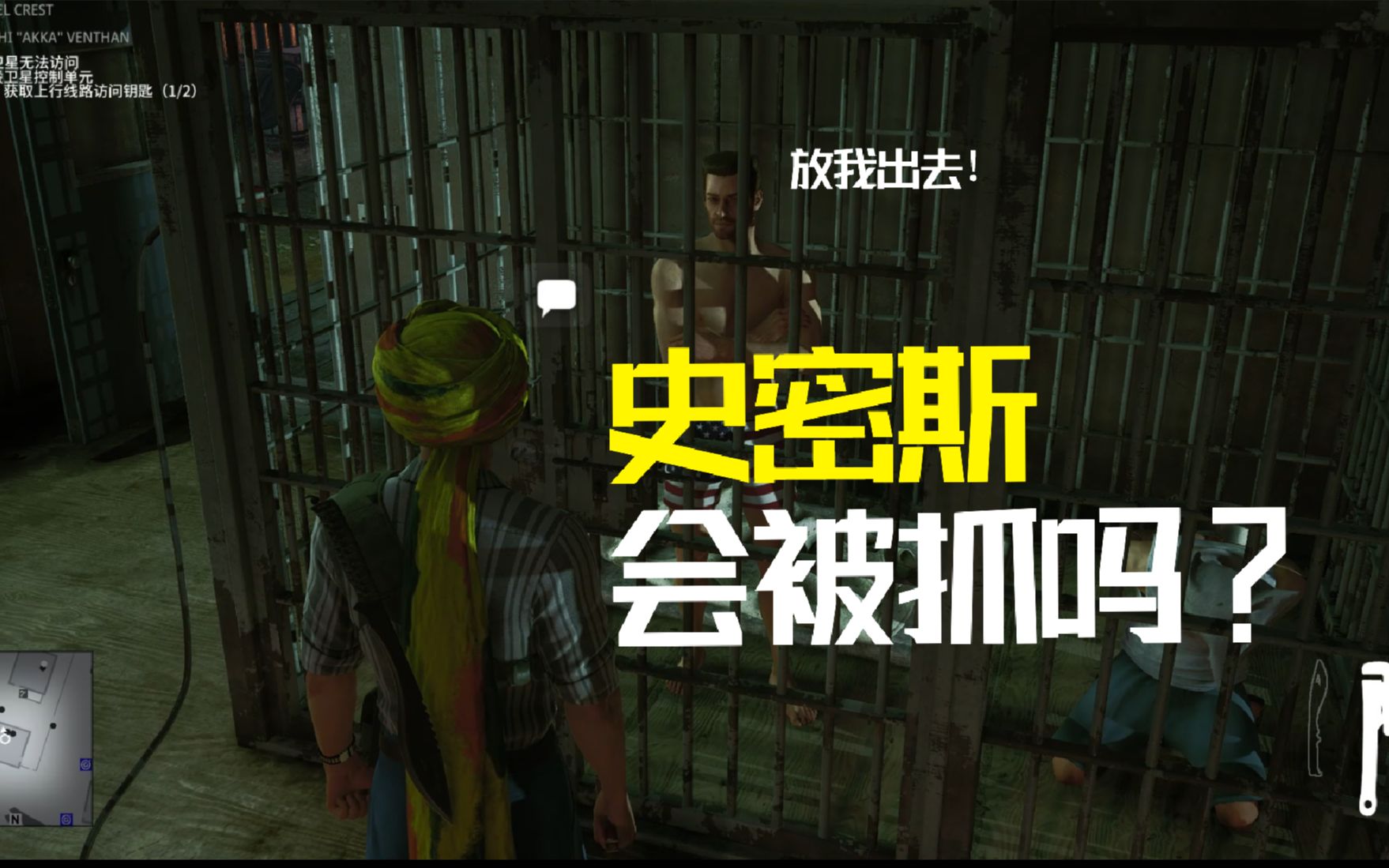
Once this hurdle has been taken, a business may grow very rapidly. Typically, for a material-based business, at least 20 years is required until net profit is reached. Very quickly, this decision proved to be the right one, and the major business is now based on power systems solution, generating a profit and helping fund the further development of a second generation of HTSC wires.Īnother impressive element in AMSC's business strategy is to establish a large portfolio of patents and licenses, about 700 in 2007, which is used successfully in licensing its technology to other companies with more market access. The commercial uses of superconductor products are still limited, and a widespread commercial market may never develop.ĪMSC recognized that it could acquire other, more mature technologies, and this would lower the risk remaining in the HTSC business while helping to develop the next generation market for HTSC applications.ĪMSC diversified into two such technologies by acquiring two companies, one dealing with dynamic reactive power solutions and the second with wind power systems.

This will have to happen to move the business from demonstration units to commercial products.

Under the assumption that there would be a growing demand for HTSC wires, the price/performance ratio would become lower than that of Cu. Motors, generators, and synchronous condensers. The company, which had started out to produce HTSC wires, began to look for products using the wires and widened the potential market to all applications where high electric power is needed. efforts in this area.ĪMSC kept its eyes open for opportunities to either find new markets or reduce its risk. Conventional magnets, which eliminate the need for cryogenic refrigeration, are currently part of the design strategy adopted by U.S.
It should be noted that these systems employ low-temperature superconductors for the required magnetic fields used in suspending the train cars. Levitated, linear electric motor-propelled trains have been built in Japan and experimental models have achieved speeds of 500 km per hour. An air-cushioned, low-noise ride for the traveler and few environmental problems add to the attractive features. Strong magnetic fields that levitate trains ( MAGLEV) are a viable way to achieve high-speed rail transportation without friction and hence minimum energy expenditure. The greatest potential for superconductor usage, however, appears to be in transportation systems. Type II superconductors (e.g., NbTi, Nb 3Sn) are exclusively used for these purposes because of their high H c values. Powerful electromagnets consisting of dc powered coils of multiturn superconducting wire are commercially used in both magnetic resonance spectrometers and medical imaging systems. Low-energy-loss, superconducting power transmission lines are always desirable but only practical in special cases where the necessary refrigeration systems are cost effective. Superconductors are obvious choices in applications requiring high current densities, very large magnetic fields, and devices that must be energy efficient.

Milton Ohring, in Engineering Materials Science, 1995 11.5.3 Applications Consequently the introduction of pinning defects and the refinement of grain size are key elements to the success of technical superconductors. In Nb–Ti a linear increase in critical current density is observed with vol.% of α-Ti precipitate ( Lee et al. The flux-lines, however, can be held in place by defects in the superconductor, a process termed “flux-pinning.” In A15 based superconductors (such as Nb 3Sn), increasing the grain boundary density has been shown to increase critical current density ( Scanlan et al. When they move, the flux line lattice (FLL) dissipates energy and the superconductor eventually goes “normal” (see Electrodynamics of Superconductors: Flux Properties: Superconducting Materials: Irradiation Effects). Pure annealed superconductors do not carry very much current because once current passes through the superconductor, a Lorentz force is induced on the flux lines. Lee, in Encyclopedia of Materials: Science and Technology, 2003 2.3 Critical Current Density and Flux Pinning


 0 kommentar(er)
0 kommentar(er)
